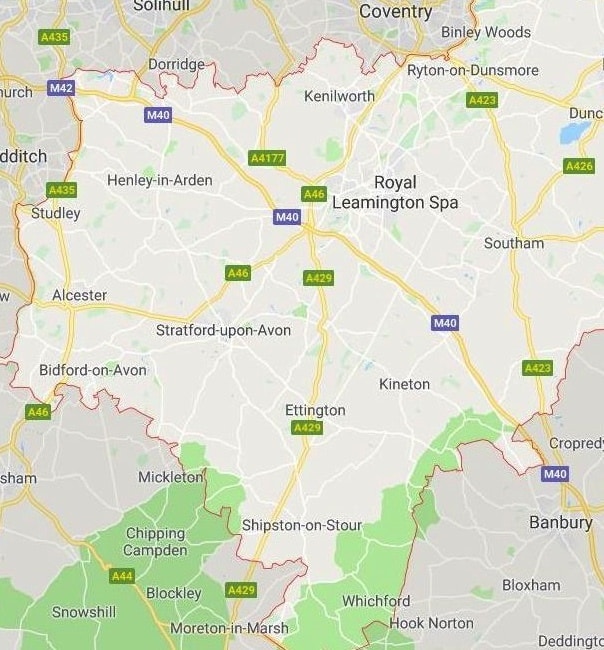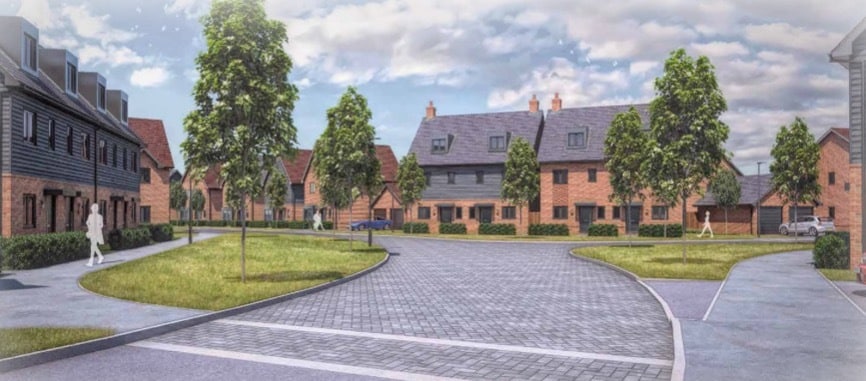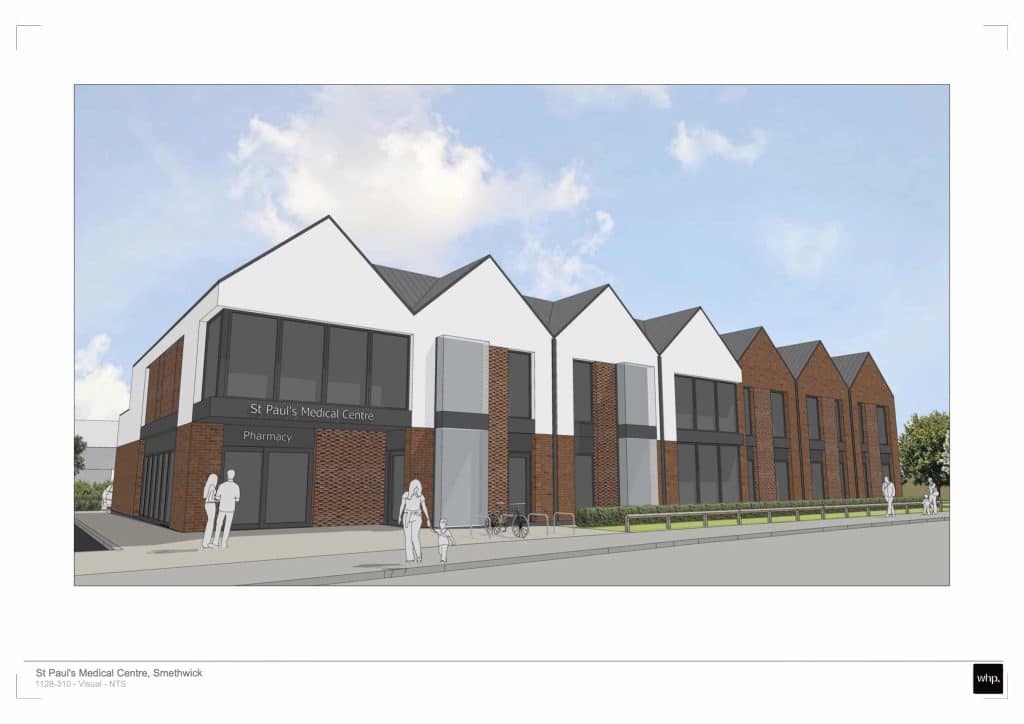We’re delighted to have secured planning approval for a new state-of-the-art medical centre to provide a new base for the existing St Paul’s Surgery, in St Paul’s Road, Smethwick.
The medical centre includes 10 consulting rooms, five treatment rooms, a Minor Ops suite, staff room, meeting room, central waiting space and administration rooms. Forty parking spaces are to be provided, including three disabled spaces and a drop off and deliveries bay.
Our comprehensive design and access statement commented that : “St Paul’s Surgery currently occupies a two storey building that is outdated, under sized and no longer fit for purpose to accommodate the growing patient numbers in Smethwick and the surrounding area.
It is not practical to enhance or extend the existing building, and with limited space there is no ability to meet the increased demand for routine and urgent care.
In order to continue to provide services to all patients the practice must relocate and expand.
By relocating to the new site, patients will benefit from improved privacy and dignity arrangements; a fit for purpose building for the growing practice; patient centred care in a modern, purpose built environment, whilst accommodating the practice’s growing needs; improved disabled access; improvement in staff working conditions; increased car parking provision for both staff and patients; a wider range of enhanced primary care services; and provision of on-site pharmacy services integrated with the practice in terms of working process and delivery.
Services normally provided in a hospital or other local clinics could be provided at the new building freeing up facilities for more specialist procedures and improving healthcare capacity. We have included a Minor Ops suite to support some of these services.
A “pandemic wing” has been included in the surgery, with the option to isolate some rooms from the rest of the building, and with separate access for patients and staff.
There is an established need for St Paul’s surgery to expand. The existing premises are over capacity with no ability to extend.
Providing the surgery with a new, purpose built building, will allow them to not only improve routine clinical services but also offer a wide range of integrated services for patients and local community.
The layout of the building is designed to make it easy to navigate for both patients and staff, while creating a space that is enjoyable to work in and pleasant to visit. The central location of the site is ideal for a new medical centre, with established public transport links.”









